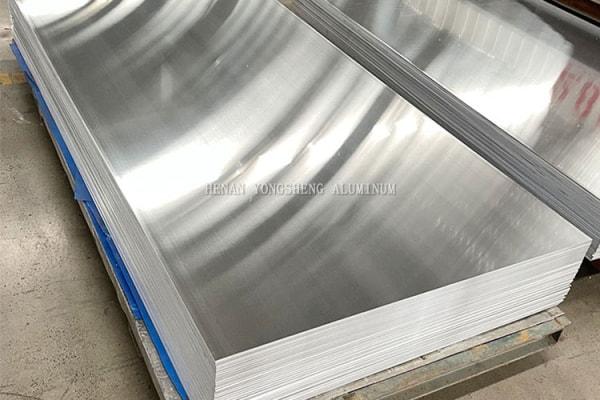Difference between 6063 and 6061 aluminum
Both 6063 and 6061 aluminum are popular grades of aluminum alloy, each with its own characteristics and applications. Here's a breakdown of the main differences between them:
-
Composition:
- 6063 aluminum: It is an alloy that primarily consists of aluminum, magnesium, and silicon.
- 6061 aluminum: It is an alloy that primarily consists of aluminum, magnesium, and silicon, with additional elements such as copper and zinc.
-
Strength and Hardness:
- 6063 aluminum: It has a lower tensile strength and hardness compared to 6061 aluminum.
- 6061 aluminum: It has higher tensile strength and hardness compared to 6063 aluminum.
-
Weldability:
- 6063 aluminum: It has excellent weldability, making it suitable for various welding processes.
- 6061 aluminum: It also has good weldability but may require more care during the welding process.
-
Common Applications:
- 6063 aluminum: It is commonly used for architectural purposes, such as window frames, door frames, and extrusions for construction.
- 6061 aluminum: It is commonly used for structural components, aircraft parts, automotive parts, and high-stress applications.
Overall, the choice between 6063 and 6061 aluminum depends on the specific requirements of the intended application, such as strength, hardness, and weldability.
